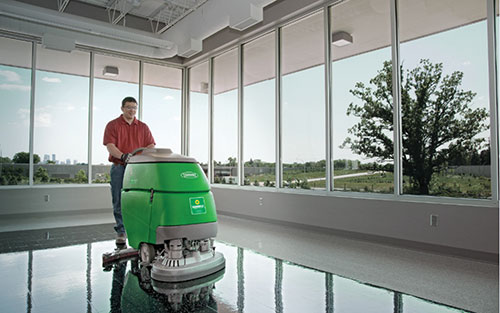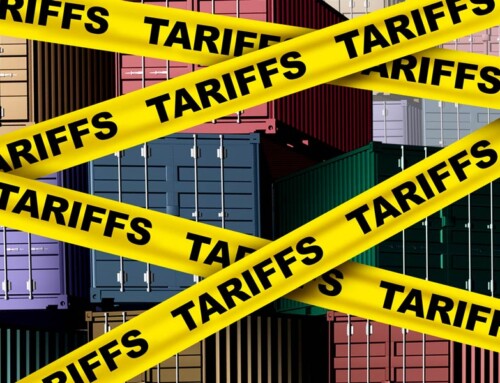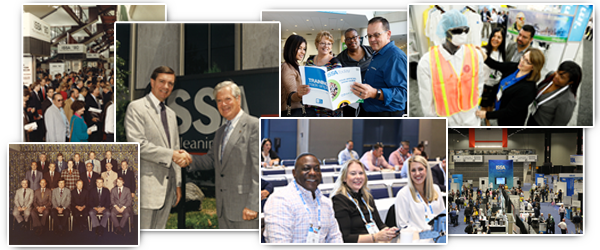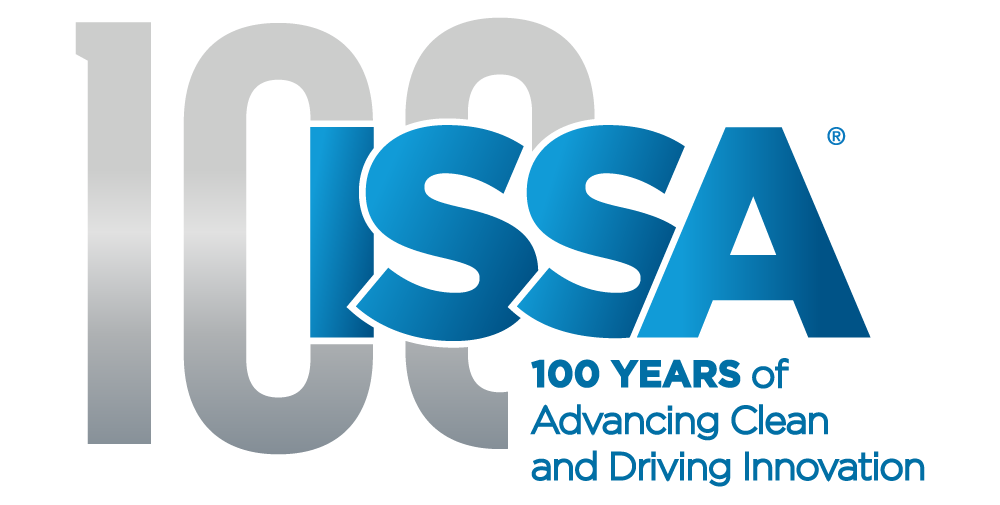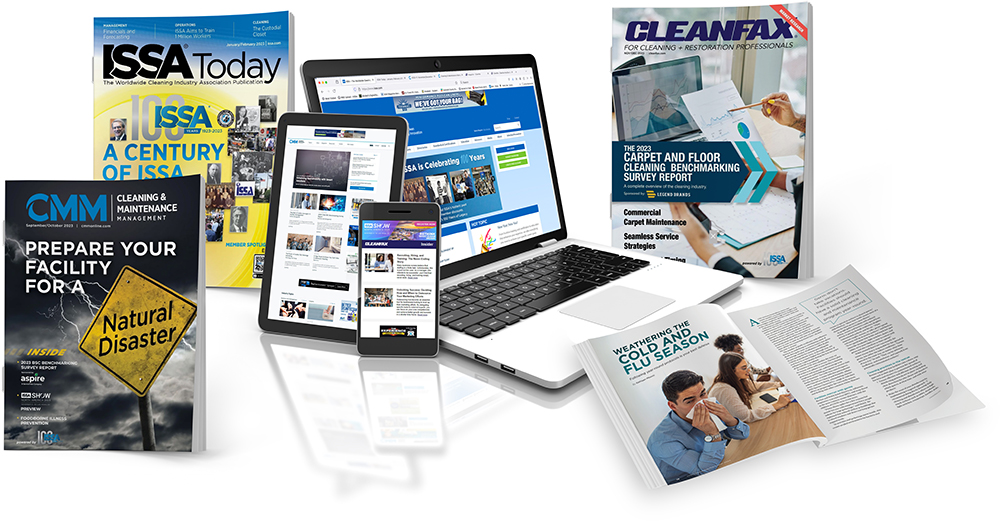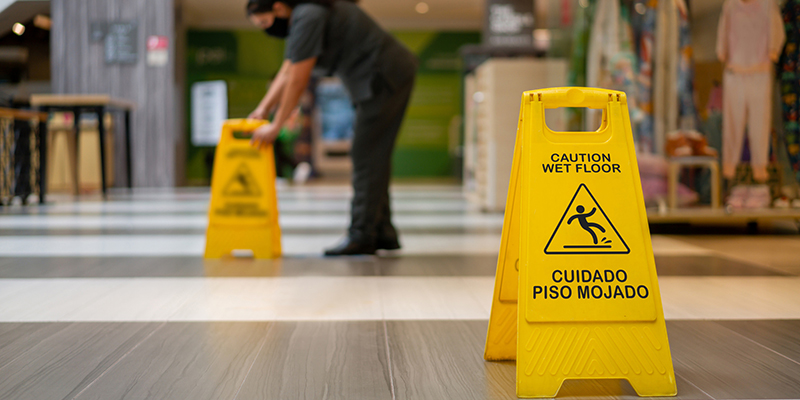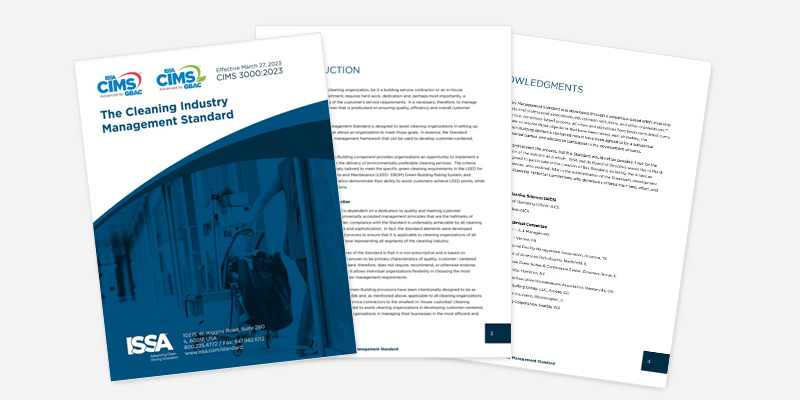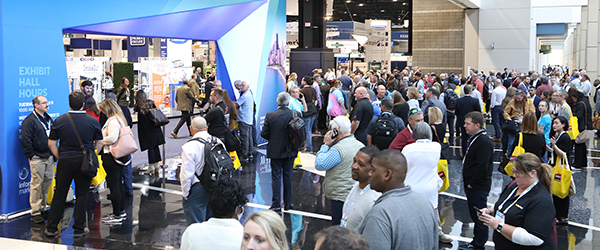The Value of Long-Term Equipment Rental
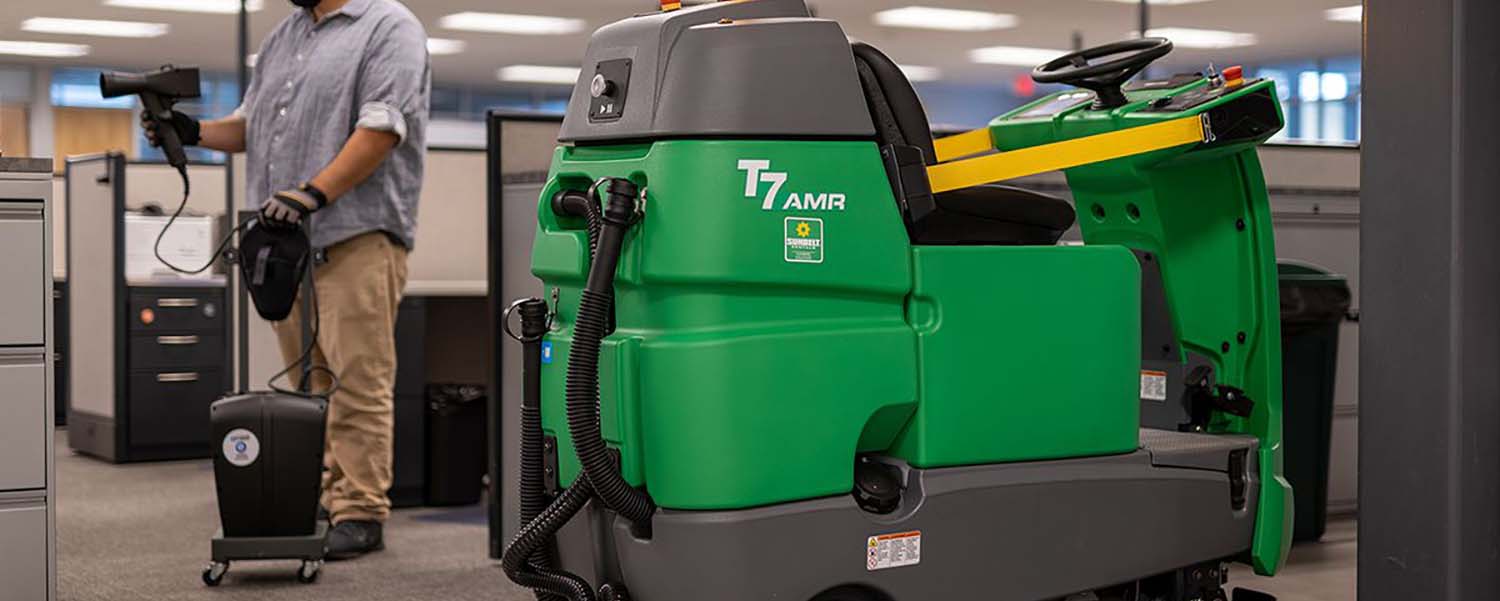
Equipment rental doesn’t have to be a contingency plan. It can be an important part of managing and growing your business.
For self-providers and building service contractors (BSCs), having the right equipment for the job is critical to gaining the best results for floor care and cleaning. It is also a matter of maintaining consistent levels of productivity and efficiency, and attracting and retaining employees, tenants, and customers.
However, buying a piece of equipment like a mechanized floor scrubber isn’t always feasible. It also isn’t without its risks, especially financial. That is where long-term equipment rental can help.
The ownership model
Many self-performers and BSCs buy their own equipment, turning to rental only when they experience an unplanned breakdown or need immediate supplemental equipment for a larger job. While the idea of equipment ownership may be appealing, it can potentially lead to issues.
Equipment ownership is a rigid process where the owner is financially tied to the specific piece of equipment through the duration of the lease or depreciated period—even if they no longer need it.
For example, a change in the scope of work can render a piece of equipment immaterial, especially for a BSC. If a facility scales back on previously contracted services, the owner may have trouble finding a new use for the equipment. The same risk can arise if a facility decides to act on an early-out termination clause, often written into a cleaning contract. In either case, the contractor has unusable equipment for which they are still paying.
Those expenses can add up. Owners may need to place the equipment in a storage unit and service it before the next use—both at a cost. And they will likely spend time trying to find work for the equipment. These efforts could otherwise be spent generating a profit.
Equipment owners or those considering ownership also need to consider capital budgeting or expenditure (CapEx). CapEx and the outlay process can create tension on the balance sheet where other prioritized needs exist. For instance, if a self-performer or BSC wants an additional piece of equipment and still owes on an existing piece, it can appear to a lender that this owner is overextended. Even if there is a guaranteed purpose for the new equipment, having an existing loan on a balance sheet can prevent the purchase.
Routine maintenance costs and the expense of accidental damage are other financial aspects to consider. The latter can be especially burdensome because it can unexpectedly take machines out of service during critical cleaning timelines.
Aside from the financial aspect of equipment ownership, there are advancements in technology to consider. Floor cleaning solutions are evolving at a fast pace. New technologies can easily surpass the capabilities of a previous equipment model. However, the owner may not be able to afford to make another equipment investment for a period of time. This can be a competitive disadvantage for BSCs if the owner is unable to bid on certain jobs because of equipment limitations.
The benefits of long-term rental
At the center of long-term equipment rental is flexibility. It offers service providers and BSCs access to a variety of floor cleaning solutions they can scale up or down to meet the needs of current and future projects.
Longer rental commitments of 12, 24, and 36 months can also reduce overall rates for rental equipment compared to a total cost of ownership model. That’s especially true when taking into account all factors involved with owning equipment:
- The initial purchase price for the equipment through a capital expenditure.
- The total cost of ownership, including routine maintenance over the life of the asset.
- Unexpected costs for repairs in the event of a breakdown due to negligence, accidents, and more.
- Unexpected costs for equipment rental needed to keep projects moving during repairs.
Equipment rental eliminates these costs due to the rental partner taking care of routine maintenance and repairs. Emergency support is typically available 24/7 year-round, including equipment replacement, to help reduce downtime. There is no need to incur extra charges for these services or to pay for a separate rental. Renting is an all-inclusive pricing model that is stable and reliable, and the cost comes from an operating budget. There isn’t the issue of an owned asset showing up on a balance sheet and potentially affecting future purchases.
In addition, flexible agreements typically allow for machine technology upgrades and adjustments to equipment size to accommodate new project needs during the life of the rental. By obtaining immediate solutions to cleaning and restoration, along with equipment training, it is possible for BSC’s to bid on additional jobs and grow their business. Renting can also help service providers address any new challenges that may have arisen in their facility. Equipment is readily available, with no lead-times, through most rental partners.
Should the scope of work for a BSC change, rental agreements offer early-out terms that reduce financial risk compared to traditional equipment ownership.
Making the decision
If self-performers or BSCs have concerns about the overall cost and upkeep responsibility of equipment, long-term rental can be a viable solution. There are a variety of machines available that can help increase productivity and improve the quality of cleaning. Rental partners can also help provide recommendations for the best equipment solution and offer training for its safe and efficient use.

